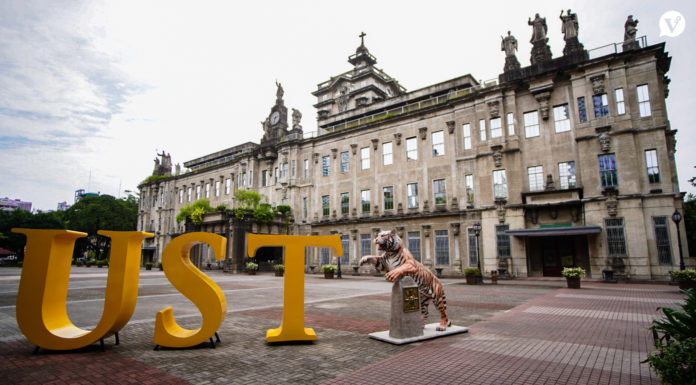 PRESIDENT Aquino III has been holding the highest post in the country for a year now. And as of this writing, he is about to deliver his second State of the Nation Address. It is time for Filipinos to ponder if he has really been an effective leader, or just a jester masquerading as a politician of some sort.
PRESIDENT Aquino III has been holding the highest post in the country for a year now. And as of this writing, he is about to deliver his second State of the Nation Address. It is time for Filipinos to ponder if he has really been an effective leader, or just a jester masquerading as a politician of some sort.
I must admit that I almost fell for the bandwagon of yellow presidency last year. Being the naïve first-time voter that I was, I almost believed the political rhetoric most of the candidates uttered in their campaign, but thanks to several factors, I have been forced to scrutinize his performance and I have eventually shifted into a different political color.
According to the survey conducted by the Social Weather Stations last May, President Aquino has suffered a great decline in his net satisfaction rating, mostly in areas outside Metro Manila. This turn-down might be equated with the doubts emanating from the minds of many Filipinos, particularly because of some of his vague and unsound project proposals.
As I was on my way home from a 9 p.m. class, I was appalled to see a number of elementary students running on the streets while dragging their stroller bags behind. They must have been part of the last shift of classes in one of the public schools I usually pass by on my way home. I just could not help but wonder how tired those children were if I, a 19-year-old young adult, have always been burned out after my evening classes.
This brings me back to the K-12 educational reform proposed by the Aquino administration. Under this program, two years will be added to the basic education offered in the country. Kindergarten will be offered to 5-year-olds, followed by six years of primary schooling (grades 1 to 6), four years of junior high school (grades 7 to 10), and two years of senior high school (grades 11 to 12).
I acknowledge the program’s aim of improving the standards of education in the country to an “enhanced and decongested curriculum that is internationally recognized and comparable.” But my only concern boils down to the reality that such policy will not be feasible given the current economic situation of most Filipinos, not to mention the problems of poverty and corruption hounding the society.
If the basic problem of lack of classrooms (one of the reasons some students are compelled to attend evening classes) could not be solved, then how could the implementation of their K-12 policy be possible?
Adding to this is the fact that with the present educational system, an elementary graduate is lucky enough to step into high school, given the high unemployment and underemployment rate suffered by most parents in the country.
This just shows that an additional two years for basic education, regardless of its aim of raising the employment opportunities for students, will just be another burden to be shouldered by the masses. Even worse, this policy may even cause children to skip schooling because of the bigger and greater demands asked by the government in exchange of a degree that will aid them in their future ventures as part of the country’s workforce.
In the present administration’s attempt to improve the quality of education, I must say that the intention is good, but it misses the point of addressing problems that require immediate attention. It is like providing a long-term solution for a perennial problem, but without evaluating the feasibility of its implementation.
Echoing the stand of many critics, a number of issues in the country’s educational system must be addressed first such as increasing the number of classrooms, producing quality educators, and making the basic right to learn available and easily accessible to each and every Filipino—because of the fact that it is a right that must be enjoyed and not a privilege solely for the benefit of the rich and the powerful.
Amid all the political rhetoric that has been uttered during campaigns, ugly realities are buried beneath, waiting to be unearthed and revealed. Before formulating long-term solutions to problems, political leaders must first consider and give solution to short-term problems that require immediate solution.
Just like what the famous Chinese adage says, “It is better to take many small steps in the right direction than to make a great leap forward only to stumble backward.”















